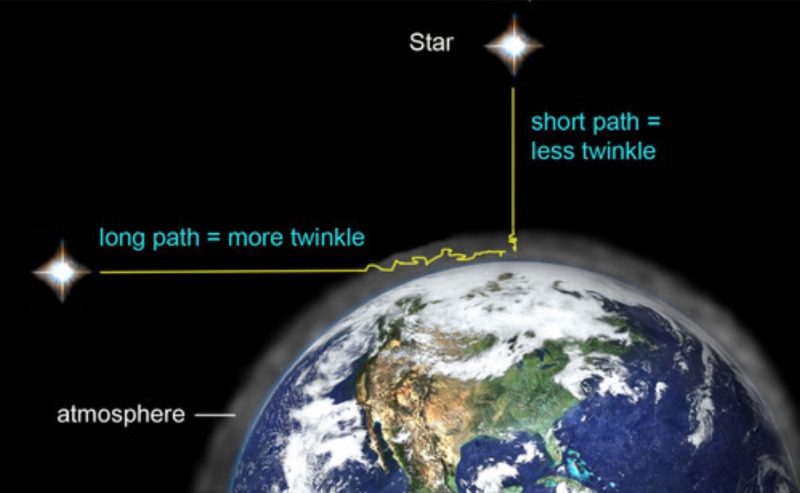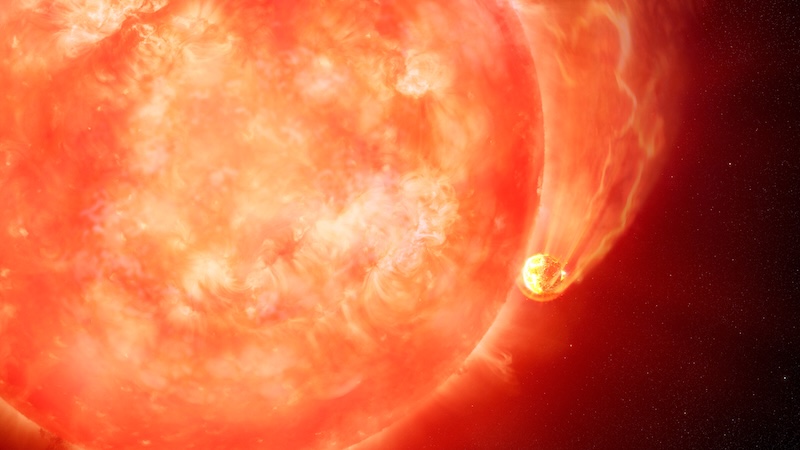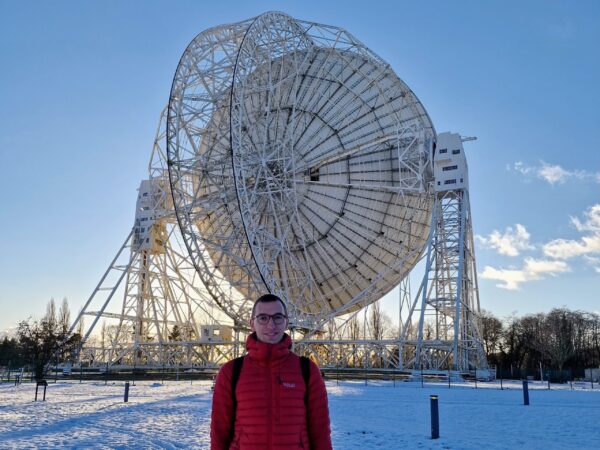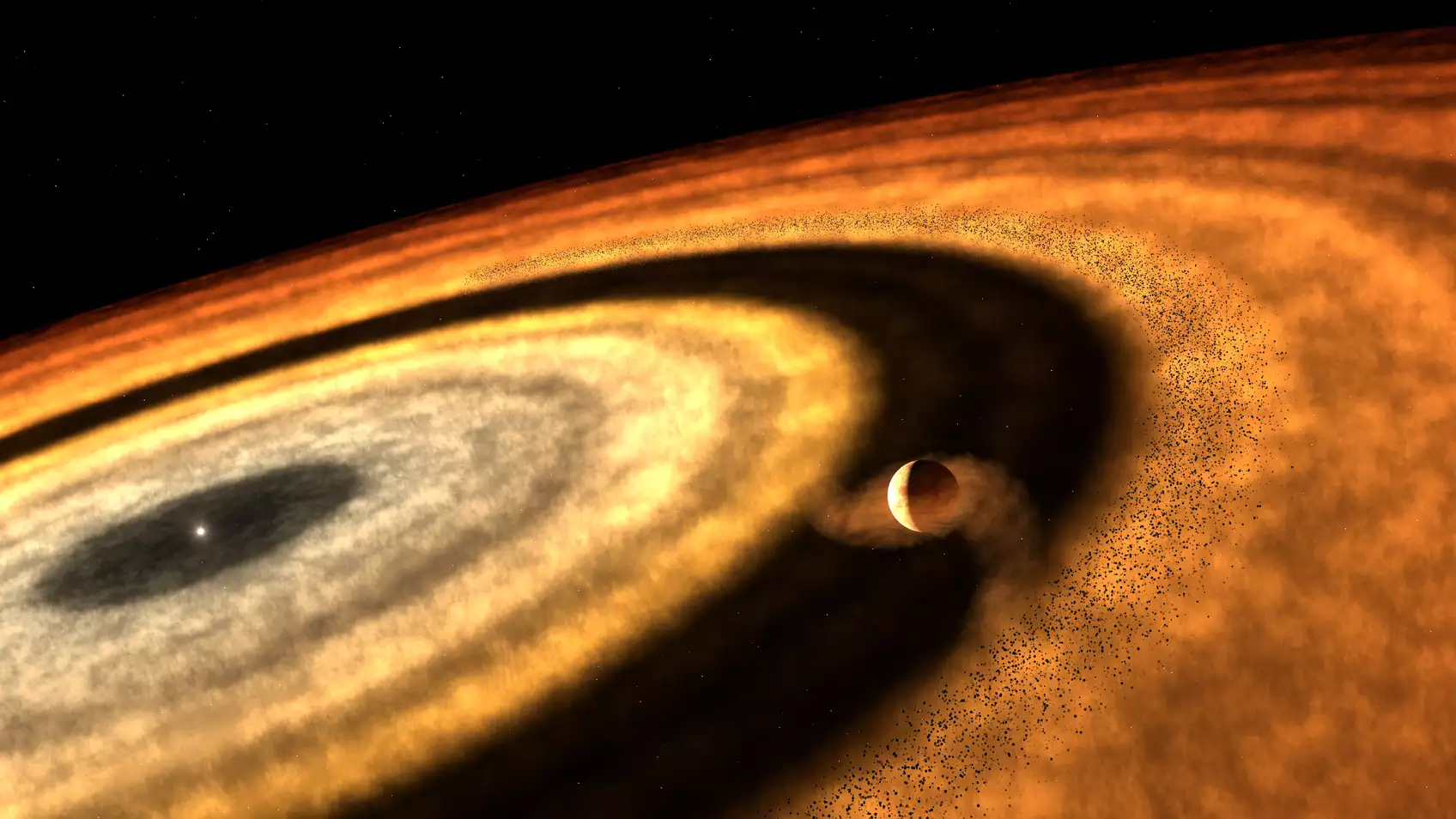Now Reading: Why do stars twinkle, but planets do not?
-
01
Why do stars twinkle, but planets do not?
Why do stars twinkle, but planets do not?


Stars twinkle, while planets (usually) shine steadily. Why?
Stars twinkle because they’re so far away from Earth that, even through large telescopes, they appear only as pinpoints. And it’s easy for Earth’s atmosphere to disturb the pinpoint light of a star. As a star’s light pierces our atmosphere, it’s refracted – causing it to change direction slightly – by the various temperature and density layers in Earth’s atmosphere. You might think of it as the light traveling a zig-zag path to our eyes, instead of the straight path the light would travel if Earth didn’t have an atmosphere.
Astronomers use the term “scintillation” to describe the twinkling of stars.
The twinkling of the stars is called scintillation. Stars are so far away, that they are actually just points of light pic.twitter.com/xcnIKKhYZE
— Space Explorer Mike ?? (@MichaelGalanin) September 8, 2017
On the other hand, planets are a steadier light
Planets shine more steadily because they’re closer to Earth and so appear not as pinpoints, but as tiny disks in our sky. You can see planets as disks if you looked through a telescope, while stars remain pinpoints. Earth’s atmosphere refracts the light from these little disks as it travels toward our eyes. But – while the light from one edge of a planet’s disk might “zig” one way – light from the opposite edge of the disk might be “zagging” in an opposite way. The zigs and zags of light from a planetary disk cancel each other out, and that’s why planets appear to shine steadily.
You might see planets twinkling if you spot them low in the sky. That’s because, in the direction of any horizon, you’re looking through more atmosphere than when you look overhead.
If you could see stars and planets from outer space, both would shine steadily. There’d be no atmosphere to disturb the steady streaming of their light.
Can you figure out which objects are stars and which are planets just by looking for the twinklers vs the non-twinklers? Experienced observers often can, but, at first, if you can recognize a planet in some other way, you might notice the steadiness of its light by contrasting it to a nearby star.
Bottom line: Here’s an explanation of why stars twinkle in the night sky but planets do not.
Enjoying EarthSky so far? Sign up for our free, daily newsletter today!
Read more: Flashing star? Here are 3 candidates
The post Why do stars twinkle, but planets do not? first appeared on EarthSky.
Stay Informed With the Latest & Most Important News
Previous Post
Next Post
-
 012024 in Review: Highlights from NASA in Silicon Valley
012024 in Review: Highlights from NASA in Silicon Valley -
 02Panasonic Leica Summilux DG 15mm f/1.7 ASPH review
02Panasonic Leica Summilux DG 15mm f/1.7 ASPH review -
 03How New NASA, India Earth Satellite NISAR Will See Earth
03How New NASA, India Earth Satellite NISAR Will See Earth -
 04And Thus Begins A New Year For Life On Earth
04And Thus Begins A New Year For Life On Earth -
 05Astronomy Activation Ambassadors: A New Era
05Astronomy Activation Ambassadors: A New Era -
06SpaceX launch surge helps set new global launch record in 2024
-
 07Space Force plans new ‘Futures Command’ amid pressure to speed up modernization
07Space Force plans new ‘Futures Command’ amid pressure to speed up modernization




















